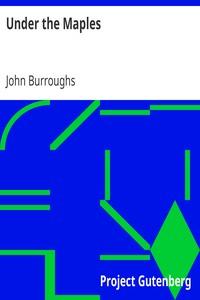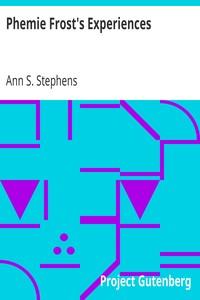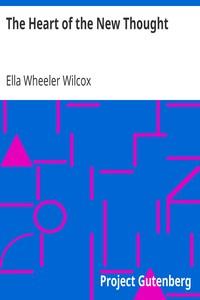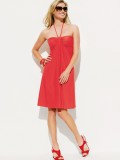Read this ebook for free! No credit card needed, absolutely nothing to pay.
Words: 22588 in 6 pages
This is an ebook sharing website. You can read the uploaded ebooks for free here. No credit cards needed, nothing to pay. If you want to own a digital copy of the ebook, or want to read offline with your favorite ebook-reader, then you can choose to buy and download the ebook.
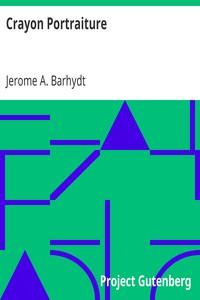
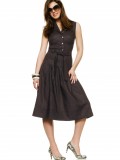
: Crayon Portraiture Complete Instructions for Making Crayon Portraits on Crayon Paper and on Platinum Silver and Bromide Enlargements by Barhydt Jerome A - Colors; Crayon drawing; Photographs Coloring
tion of ferrous oxalate in neutral potassium oxalate is effective as a developer. A paper is coated with a solution of ferric oxalate and platinum salts and then exposed behind a negative. It is then floated in a hot solution of neutral potassium oxalate, when the image is formed.
This process was first introduced by Mr. Willis in 1874, and he has since made improvements. He claims that the platinotype paper does not contain any animal sizing. The early experiments convinced him that the paper upon which the image was to be printed would prove an important factor, as all photographic paper contained animal sizing, which was found to be antagonistic to platinum salts. The action of platinum salts upon a paper containing animal sizing gave it a tint which no amount of acid washing could remove. For the past nine years Mr. Willis has had manufactured for his special use a Steinbach paper, free from the animal sizing, and he also uses a cold developer, thereby causing the paper to retain its original elasticity.
The chief points of difference between bromide enlargements and silver or platinum enlargements are that, in the former, we have the sensitive compound of silver suspended in a vehicle of gelatin, and, in the latter, a thin coating of an aqueous solution of the sensitive salts. In the former process, the image is not shown until the paper has been developed in the bath, while in the latter, the image is shown upon the paper when it is exposed to the light; so that, in the latter, the image or picture has only to be fixed or made permanent, while in the former, it is developed, then fixed. The gelatin bromide paper is coated with a solution of gelatin, bromide of potassium and nitrate of silver, developed with a solution of oxalate of potash, protosulphate of iron, sulphuric acid and bromide of potassium and water, and fixed with hyposulphate of soda. It is manufactured in America by E. and H. T. Anthony & Co. and by the Eastman Dry Plate Company.
CRAYON MATERIALS.
The following materials will be found necessary for crayon work:
A good photographic enlargement, Easel, Mahl stick, Three inch magnifying glass, Square black Conte crayon, Nos. 1, 2 and 3, Charcoal holder for the same, Hardmuth's black chalk points, Nos. 1, 2, 3, 4 and 5, Holder for the same, Box Faber's crayon points, Nos. 1, 2 and 3, Holder for the above crayons, Conte crayon, in wood, Nos. 0 and 1, 6 B. Faber's holder for Siberian lead pencil points, 4 H. Faber's holder with Siberian lead pencil point, Velour crayon, Peerless crayon sauce, Black Conte crayon sauce, in foil, White crayon, in wood, Bunch of tortillon stumps, Large grey paper stumps, Small grey paper stumps, The Peerless stump, Large rubber eraser, 4 inches by 3-4 inches square, bevelled end, Two small nigrivorine erasers, Holder for nigrivorine erasers, Piece of chamois skin, Cotton batting of the best quality, A sheet of fine emery paper, A sharp pen knife, One pound of pulverized pumice stone, Mortar and pestle, A large black apron, Paste-board box about ten inches square and two inches deep, Back-boards for mounting crayon paper and photographic enlargements, Pliers, Paste brush, three inches wide, to be used for starch paste or for water.
Experience has taught me that we cannot be too particular in giving directions as to the materials for our work, and therefore I have carefully included in the above list everything necessary to thoroughly equip the student. While the magnifying glass mentioned above is not an actual necessity, still a good one will be found very useful, as it will often show details in the photograph which would not be discovered by the naked eye. My male readers may at first object to so feminine an article as an apron, but it will be found thoroughly useful, and I am sure they will never consent to abandon it after they have once become accustomed to wearing it.
THE SPECIFIC USE OF CRAYON MATERIALS.
I will now explain the specific use and nature of these materials, reserving the various kinds of photographic enlargements and their special qualities and advantages, for treatment under their different manipulations.
The easel should be set so that the light strikes the picture at an angle of 90 deg., and, when working from a side light, it will very often be necessary to darken the lower part of the window to accomplish this result.
The mahl stick is held in the left hand, and is used as a rest for the right arm in working. Though a trifle awkward and difficult at first, its use must, nevertheless, be learned, as the hand will not be steady without it, especially in portrait work.
The square black Conte crayons are for filling in where there are large dark places. The No. 1 is used with the black Conte crayon sauce in making the crayon sauce to produce a broad effect and to make the stipple effect on the paper after it has been rubbed with pumice stone.
Free books android app tbrJar TBR JAR Read Free books online gutenberg
More posts by @FreeBooks
